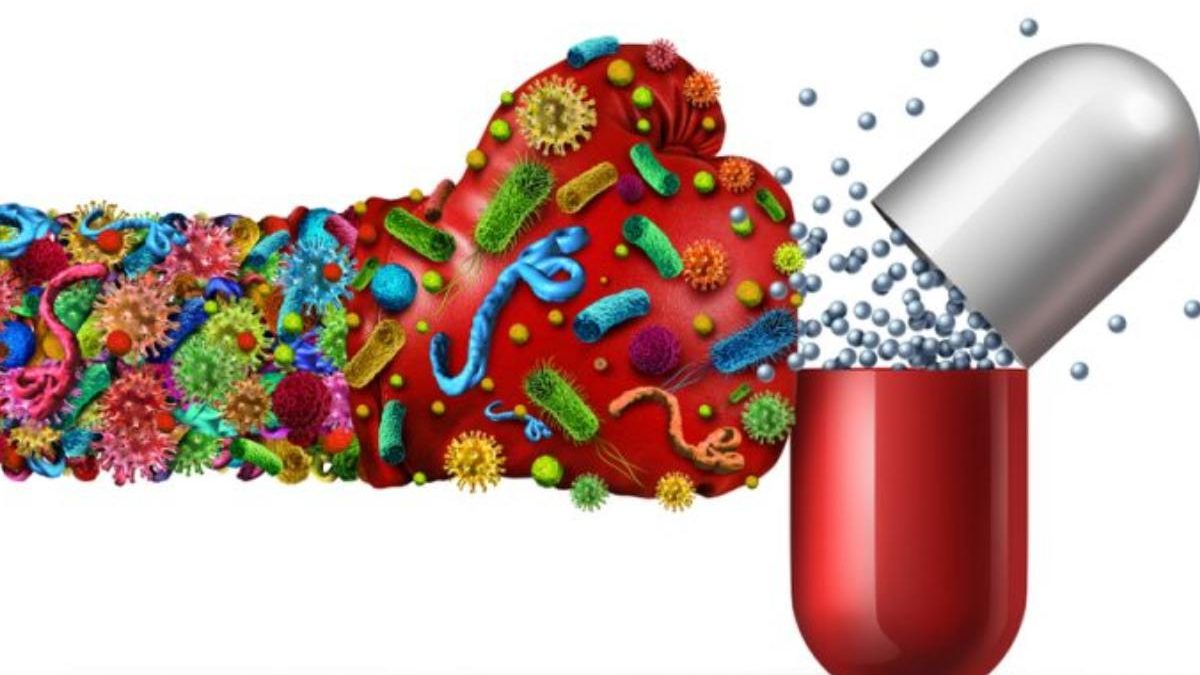In the realm of public health, few threats are as pervasive and alarming as antibiotic resistance. This evolving crisis represents a formidable challenge to global health, food security, and the overall development of modern medicine. Antibiotic resistance occurs when bacteria change in reply to the use of these medicines, rendering standard treatments ineffective and infections persisting, increasing the risk of spread to others. The implications are dire: a future where minor infections or routine surgeries could carry life-threatening risks due to untreatable bacterial infections.
Table of Contents
Causes of Antibiotic Resistance
The roots of antibiotic resistance are multifaceted. Overprescription and misuse of antibiotics are primary culprits. In many places, antibiotics are overused in patients and extensively in the agricultural sector to promote growth and prevent disease in livestock. This excessive use creates a pressure selection environment where only the resistant strains of bacteria live and multiply.
Another contributing factor is the lack of new antibiotics being developed. Pharmaceutical companies have deprioritized the development of new antibiotics due to lower returns on investment compared to other drugs. This has created a situation where the evolution of bacterial resistance outpaces the development of new drugs to combat it.
Consequences of Antibiotic Resistance
The consequences of antibiotic resistance are far-reaching. It leads to longer hospital stays, higher medical costs, and increased mortality. Infections like pneumonia, tuberculosis, blood poisoning, and gonorrhea, once treatable with antibiotics, are becoming harder, and sometimes impossible, to treat as antibiotics become less effective.
Public Health Strategies to Combat Antibiotic Resistance
Addressing antibiotic resistance requires a multifaceted approach, encompassing public awareness, policy, and scientific research. Public health programs, like those offered through https://academicpartnerships.uta.edu/healthcare-nursing-online-programs/bachelor-of-science-public-health/, play a critical role in educating future health professionals about the complexities and necessary strategies to combat antibiotic resistance.
- Education and Awareness: Raising awareness about the proper use of antibiotics among healthcare professionals and the public is crucial. This includes understanding when antibiotics are needed and the potential risks of misuse.
- Surveillance and Monitoring: Strengthening surveillance systems to monitor antibiotic-resistant infections and the spread of resistant bacteria helps in understanding the scope of the issue and is vital for informing treatment guidelines and strategies.
- Promoting Research and Development: Encouraging the development of new antibiotics, vaccines, and diagnostic tools is essential for keeping ahead of emerging resistant bacteria. This includes providing incentives for pharmaceutical companies and supporting public-private partnerships.
- Infection Prevention and Control: Implementing robust infection prevention and control measures in healthcare settings is vital. This includes hand hygiene, sterilization methods, and guidelines for the use of antibiotics in surgery and other medical procedures.
- Global Action: Antibiotic resistance is a global problem that requires international collaboration. Sharing information, strategies, and resources across borders is necessary to effectively address the issue.
Conclusion
The threat of antibiotic resistance is a daunting challenge, but it is not insurmountable. With coordinated public health strategies, education, and global cooperation, we can combat this crisis. By taking comprehensive action now, we can preserve the efficacy of antibiotics and secure the future of public health. As the bacteria evolve, so must our approaches and commitment to overcoming this global health threat.

